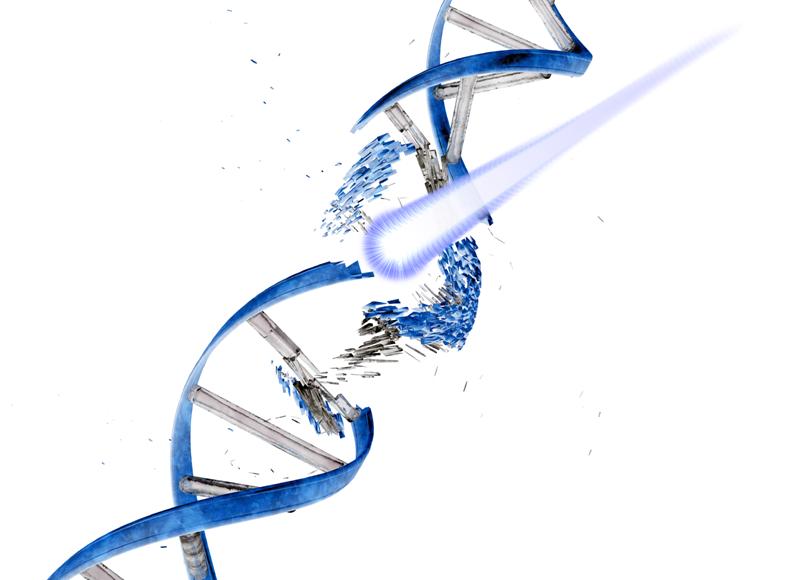Sensor Electronic Technology, Inc (SETi) has made a breakthrough on efficiencies of ultraviolet light (UV) LEDs operating in the germicidal UV-C range.
Generally, the UV-C range peaks at around 254nm although the latest LEDs developed by SETi have been designed to emit at 278nm.
Under the DARPA Compact Mid-Ultraviolet Technology (CMUVT) program and performed in collaboration with Army Research Laboratories (ARL), the firm's latest devices have an external quantum efficiency of 11% with a corresponding wall-plug efficiency of 8%. This latest development represents more than a five times improvement in performance.

It’s common that UV LEDs have been manufactured with GaN p-layers, due to the difficulties of p-doping AlGaN materials. However, GaN absorbs wavelengths shorter than 365nm, reducing the extraction efficiency of UV LEDs operating at short wavelengths. To solve the problem, SETi has now developed a completely new p-type region using doped AlGaN, which is transparent, even in the UVC range. This coupled with a transparent p-contact significantly increases extraction efficiencies.
Additionally, the company has also enhanced its proprietary MEMOCVD growth process to reduce dislocation densities in the quantum well structure of UV LEDs grown on sapphire substrates. The company has demonstrated threading dislocation densities of less than 2 x 108, as measured by TEM. This improvement leads to a high internal quantum efficiency of 60%.
The 350µm x 350µm encapsulated LEDs were designed for emission at 278nm and measured independently at ARL. SETi says the emission of 9.8mW at 20mA is the highest value ever reported for an LED shorter than 365nm at this forward current, and 30mW at 100mA.
The results from this development put UV LED disinfection systems within the reach of consumer markets for applications such as point of use water purification.












